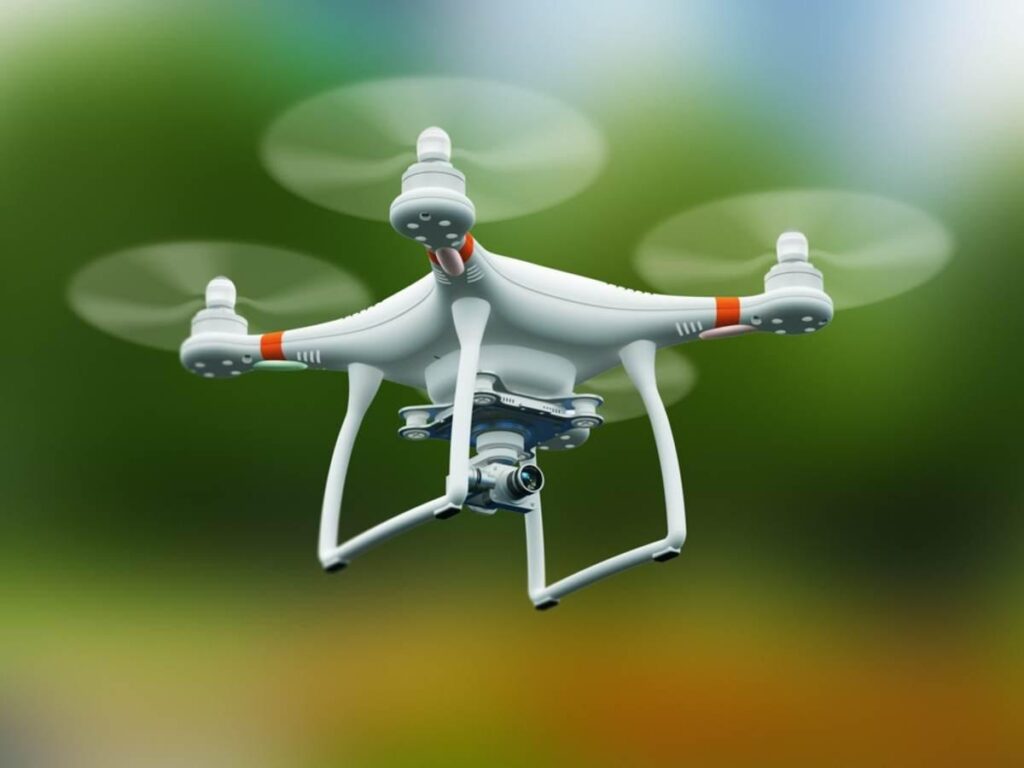Why Photochemical Etching is Ideal for Drones and Small Unmanned Systems
November 2022
Drones and unmanned systems may represent the latest technology in industries spanning military and defense to consumer hobbyists, and even to companies looking for fast and efficient ways to deliver goods. But unmanned systems date back to 200 BC when the Chinese used paper balloons to fly over their enemies and inflict terror.
As the need for unmanned systems continues to grow, and technology continues to advance, the requirement for components to be smaller and lighter is critical, and this is why United Western Enterprises will use photo chemical etching services to produce the thin metal parts necessary for making these unmanned systems accurate, effective, and easy to control. When it comes to airborne unmanned systems manufacturing, thin metal parts made with photo chemical etching is ideal because it enables manufacturers to keep the system light weight.
What Industries Use Photo Chemical Etching for Unmanned Systems?
Various industries each have their own set of requirements when it comes to designing and manufacturing unmanned systems. United Western Enterprises has a national reputation for utilizing the best photo chemical etching technology to create the thin metal parts required to make unmanned systems functional for a wide range of industry uses. Some of these are designed to carry out the following tasks:
- Policing / Patrolling / Security
- Disaster Response
- Mapping / Surveying
- Delivering goods
- Environmental monitoring
- Imaging
- Cinematography / Filming / Photography
- Hobbies / Gaming
- Reconnaissance / Intelligence / Surveillance
According to the application, the way in which the parts are designed that comprise the system will vary according to the needs as they are relevant for things like communication, aerial control, land control and other factors.
Photo Chemical Etching Prevents Parts from Burring
We already established that photo chemical etching is ideal for making the thin metal parts found in many unmanned systems, but this manufacturing method is also ideal to eliminate burring. Despite the fact that metal is known for being extremely strong, edges are still vulnerable and this vulnerability ranges in severity according to the cutting method that’s used. For example, micro burrs are known to form on metal edges when laser cutting is applied. This is due to the fact that the metal comes into direct contact with a heat source which creates stress capable of resulting in deformities. Photo chemical etching uses a photoresist and chemicals to eat away unwanted metal from a design, keeping the metal free from excessive heat and resulting in clean edges with maximum integrity.
Photo Chemical Etching Improves UAV Components

A UAV (unmanned aerial vehicle) is a type of drone that can be remotely controlled by an individual, computer, or a type of mobile device. While UAVs are widely known as being used by our military and defense, they are also used in precision agriculture enabling 10 acres to be sprayed every hour.
UAVs face a number of design challenges that the photo chemical etching process can support. Regardless of whether the unmanned system is in the air, on the water, or is meant to be used on the ground, it must be cost efficient, lightweight, and reliable in order to perform in multiple environmental challenges.
There are several methods for cutting the thin metal parts required to complete a variety of UAV designs. Photo chemical etching improves UAV components because it can be used to fabricate parts from a wide variety of sheet metals ranging in thickness from 0.0005 inches to 0.090 inches. If multiple sheet metal types are required, photo chemical etching cna help reduce costs and speed up the time it takes to complete fabrication as compared to other methods.
Photo chemical etching, whether the parts are part of a simple design or require complex geometries, can preserve the physical characteristics of the metal for all of the unmanned system components. For example, EMI and RFI shields, encoders, antennas, and a wide range of sensor pieces can be fabricated with perfection when photo chemical etching is used.
Photo Chemical Etching Improves UAVs Because it Creates Superior Diffusion Bonded Fuel Cell Plates
The best UAV designs require the use of hydrogen fuel cells. In fact, this is the most popular option because it enables a quiet operation which increases stealth, increases flight distance, extends flight time, and these fuel cells also enable increased productivity with a higher density of energy which presents a higher mass ratio to energy output. Hydrogen fuel cells also enable better endurance and such UAVs require less maintenance compared to those that use internal combustion engines.
That said, the fuel cell plate must be made with precision, and photochemical etching is the best fabrication process to produce burr-free plates that are stress-free while preserving the internal complexities necessary for the fuel block without increasing the production cost.
Once the plates are cut using the photo chemical etching process, and cleaning and quality control is performed, diffusion bonding can be executed to internally unite the plates to garner the fuel hydrogen stack without impacting the metal’s parent properties.
Contact United Western Enterprises to Learn How Photochemical Etching Can Improve Your Products
Photo chemical etching has proven to be a superior fabrication method for creating thin metal parts used in UAVs, and a wide range of other products spanning a plethora of industries. Call United Western Enterprises today, speak with our expert team, and discover how this process can help you improve your products, keep costs down, and enable you to better hit your growth goals.
